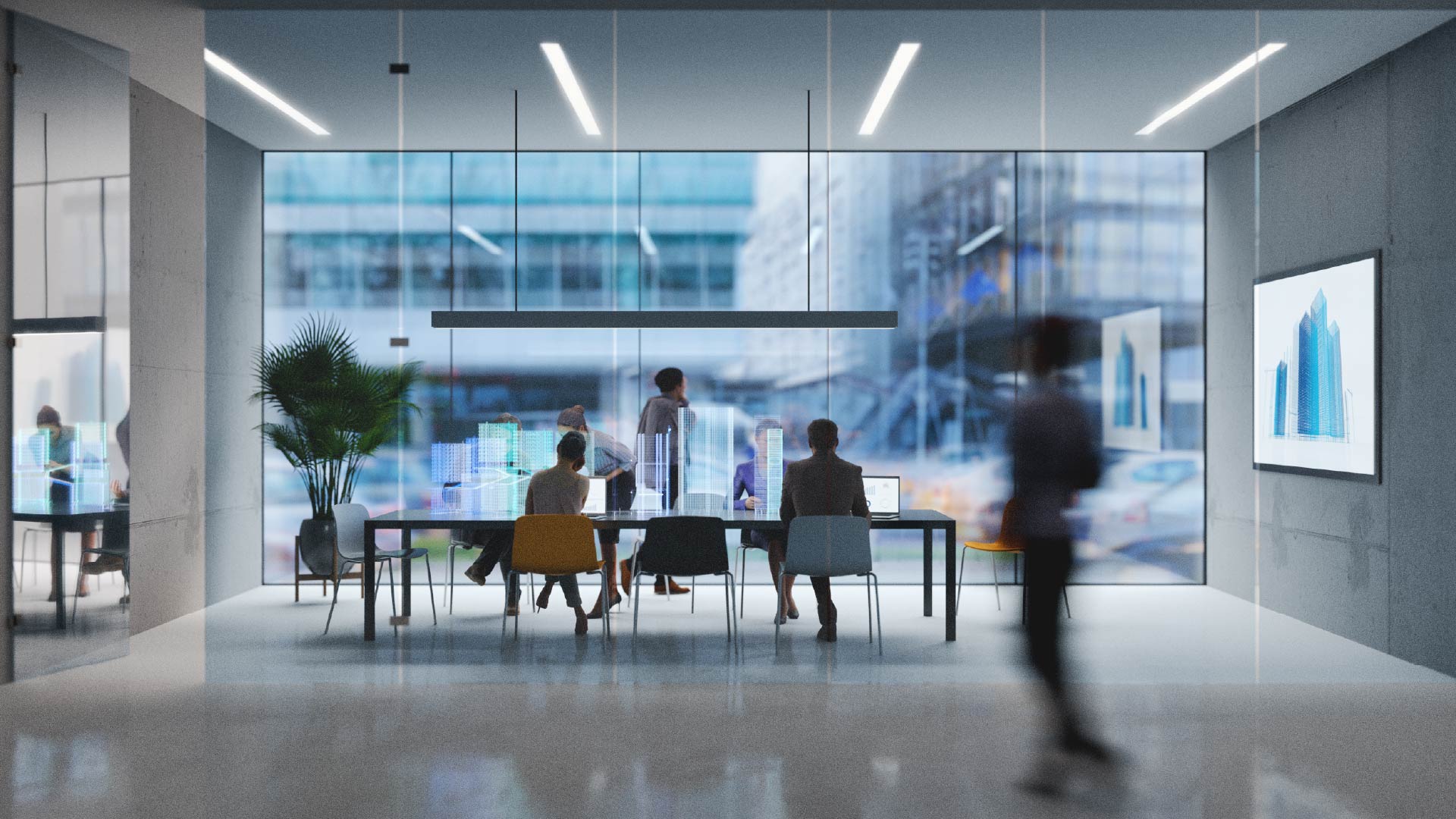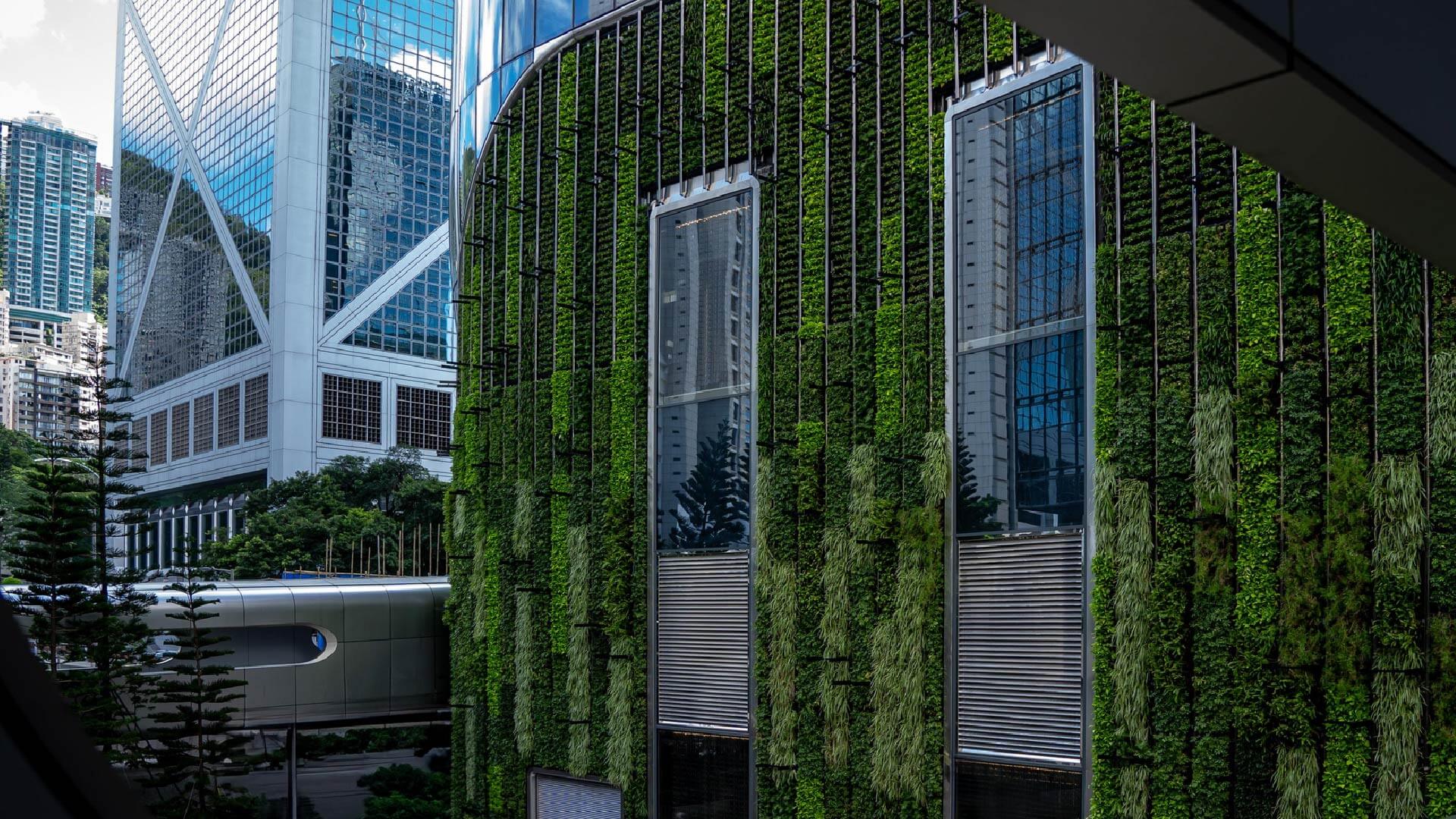Green Quadrant Benchmark Reveals What Really Sets Commercial Building CMMS Platforms Apart
The latest Verdantix benchmark of commercial buildings computerized maintenance management system (CMMS) providers has officially launched. Facilities teams are under pressure to boost uptime, manage contractor networks and reduce costs across diverse portfolios. In the 2024 Verdantix global corporate real estate survey, 83% of organizations expected to increase CMMS/CAFM spend over the following 12 months – up from 63% in 2023. This rising investment highlights the urgency of maintenance modernization across industries. Our assessment of 16 providers is built on a 126-point questionnaire, 90-minute live demonstrations, 25 buyer interviews and targeted desk research. The analysis surfaces the differentiators that separate frontrunners in this evolving market, as we see:
- Mobile-first capabilities remaining the cornerstone of frontline productivity.
Technician-friendly mobile apps are now a baseline expectation, but execution quality varies. Leading platforms deliver offline functionality, barcode/RFID scanning, location awareness and rapid data entry – features that directly improve first-time-fix rates and reduce backlog. Buyers repeatedly emphasized mobile usability as a decisive factor in adoption. - Low-code configurability shortening rollout timelines.
Facilities teams need to adapt workflows, SLAs and forms without costly services. Platforms that provide drag-and-drop tools or low-code environments enable faster localization, quicker regulatory compliance and smoother portfolio rollouts. Configurability has become critical for scaling across diverse building types and geographies. - Spatial intelligence emerging as a must-have.
With increasingly complex estates, the ability to embed assets and work orders within a spatial context is becoming a differentiator. Platforms offering floor plan visualization, GIS integration or digital twin continuity from projects into operations allow faster triage and preserve asset data integrity – reducing costly data drift during handover. - Integration maturity defining ecosystem value.
Seamless connectivity with BAS, IoT sensors, ERP and workplace platforms separates the pack. Pre-built connectors and open APIs enable live triggers, automated cost reconciliation and smoother reporting. Buyers highlighted integration as the biggest lever for cutting manual data entry and creating cross-functional insights. - Contractor governance becoming critical for outsourced portfolios.
Many organizations rely heavily on third parties. Platforms with robust SLA tracking, vendor scorecards and auditable approvals provide assurance that outsourced work meets performance targets. Buyers noted that these capabilities reduce risk and support accountability across complex vendor networks.
- Condition-based and predictive maintenance gaining ground.
While true predictive capabilities remain a roadmap goal for many, condition-based maintenance is moving into practice. Platforms that ingest live data and apply rules or analytics help teams reduce unplanned downtime and target preventative tasks more effectively. Buyers increasingly view this functionality as the bridge to more advanced predictive strategies. - Sector demand showing varied momentum.
Hotels and leisure stands out with the largest planned increase, with 46% of respondents expecting to raise CMMS budgets by more than 11%. Momentum is also strong in healthcare (36%), transport and logistics (35%), retail (33%) and education (32%), all of which are leaning into data-driven maintenance strategies. Across these industries, common drivers are service-critical operations, stringent compliance requirements and distributed sites that amplify the value of real-time asset insights.
Market maturity still has room to grow
The commercial buildings CMMS market continues to evolve, with gaps remaining in advanced analytics, AI and platform cohesion. However, the differentiators identified in the Green Quadrant – mobile-first design, configurability, spatial intelligence, integration depth, contractor governance and condition-based maintenance – provide a clear lens for buyers. As modernization accelerates, these capabilities will be central to delivering reliability, cost control and a better user experience across portfolios.
For more, read the full report Verdantix Green Quadrant: Commercial Buildings Computerized Maintenance Management Systems (CMMS) (2025).
.png?sfvrsn=73024836_1)
About The Author

Sophia Shakur
Industry Analyst

Joy Trinquet
Senior Analyst




